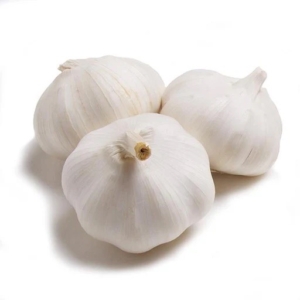MAINE-LY GARDENING: What’s in the garden? Planning for fall, and beyond
 by Jude Hsiang
by Jude Hsiang
Many of us are now beginning to experience a tsunami of tomatoes, beans are still producing, and at last, sweet corn! At the same time some garden vegetables have peaked and there may be openings for some fall crops.
Over the next few weeks, we can plant a variety of lettuces which will appreciate the cooling weather and provide salads until frost. It’s probably not too late to plant peas, radishes, spinach, and turnips. Carrots planted now and harvested after a frost or two are often much sweeter than those planted in spring. Dill and cilantro will do well in the herb garden.
If you’ve used all the seeds purchased in spring or saved from previous years, don’t see much in the usual stores, and don’t want to chance that seeds ordered from catalogs or the internet will arrive in time, check your local Seed Library. A lot of public libraries have added this neighborly way to share extra seeds. Perhaps you’ll find a new variety of a family favorite to try.
Although you might be concerned about drought, or admit to being a little tired of the weeding, watering, harvesting, and storing routines of late summer, taking a bit of time to plant a few more things now will reward you when most of the garden is ready to be put to bed.
Looking ahead to mid-October, when the garden has been cleaned up, the last fairs are just memories, it will be time to plant garlic. Now is a good time to plan because excellent quality garlic for planting is still available. Here in Maine, most folks choose a hard neck variety as those respond best to cold winter weather. Planted in the fall and harvested in summer, garlic is just about the easiest thing to grow.
It is possible to plant garlic bought at the grocery store in a pinch, but you can’t be sure how well they’ll do in our climate. Take a chance and you may be rewarded with good results next summer. Look for bulbs with plenty of the papery skin and some roots attached. Some, but not all, garlic sold in groceries has been imported. If so, the root plate at the bottom of the bulb might have been removed to prevent spread of disease. Without the roots, the cloves will not grow.
While thinking about a few fall vegetable crops to plant, why not look ahead to a colorful spring by purchasing some flower bulbs? Although it won’t be time to plant until late October through early December, you’ll have lots to choose from if you order soon. Good spring bulb catalogs offer excellent selections and decades of gardening wisdom. Among the many spring bulbs available, daffodils are especially long lived, and the bulbs are toxic to deer and squirrels. If you are a frugal gardener and like yellow and white, you’ll be glad you planted a few – or a few dozen!
© Judith Chute Hsiang
Jude Hsiang Is a retired Extension Master Gardener instructor and member of the China Community Garden.
Responsible journalism is hard work!
It is also expensive!
If you enjoy reading The Town Line and the good news we bring you each week, would you consider a donation to help us continue the work we’re doing?
The Town Line is a 501(c)(3) nonprofit private foundation, and all donations are tax deductible under the Internal Revenue Service code.
To help, please visit our online donation page or mail a check payable to The Town Line, PO Box 89, South China, ME 04358. Your contribution is appreciated!



Leave a Reply
Want to join the discussion?Feel free to contribute!